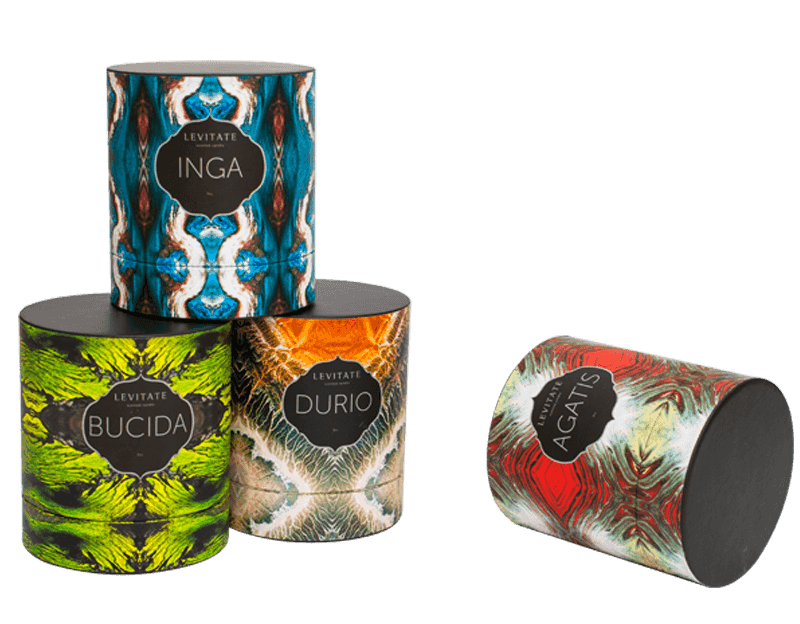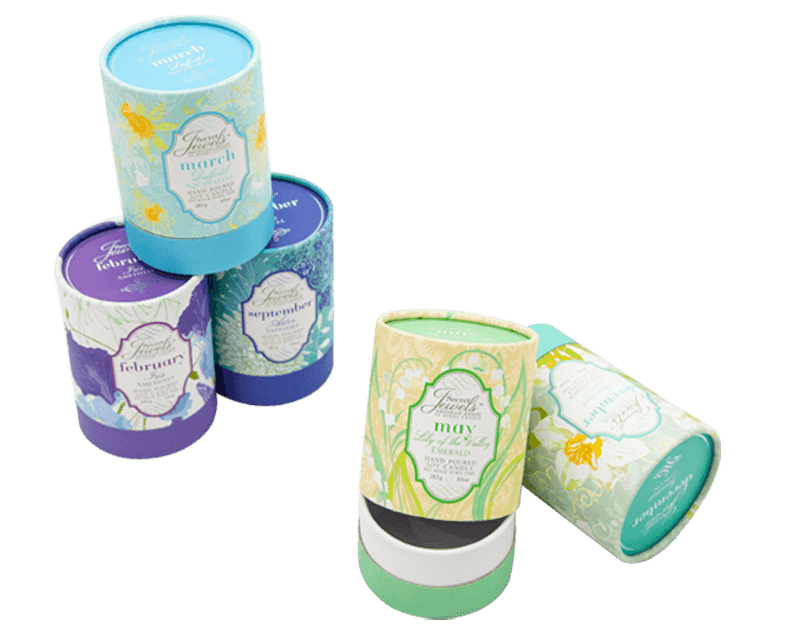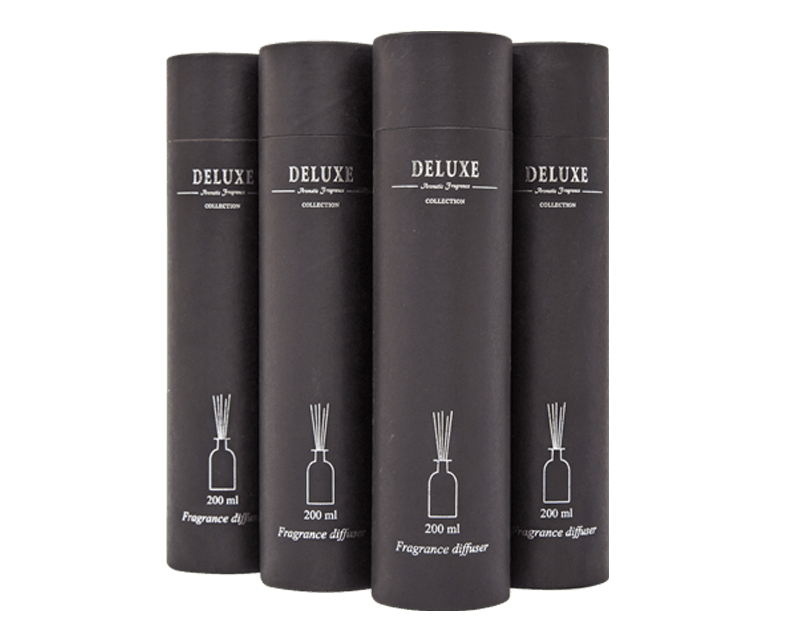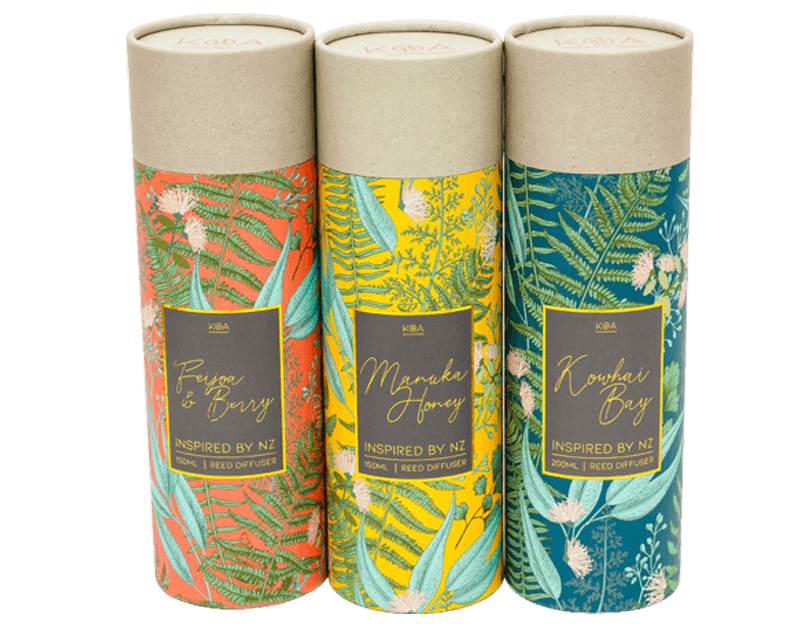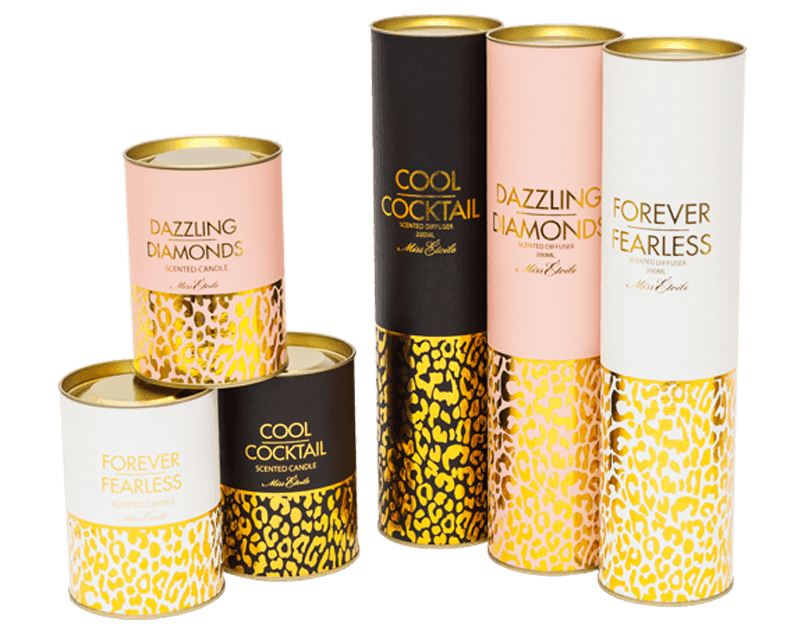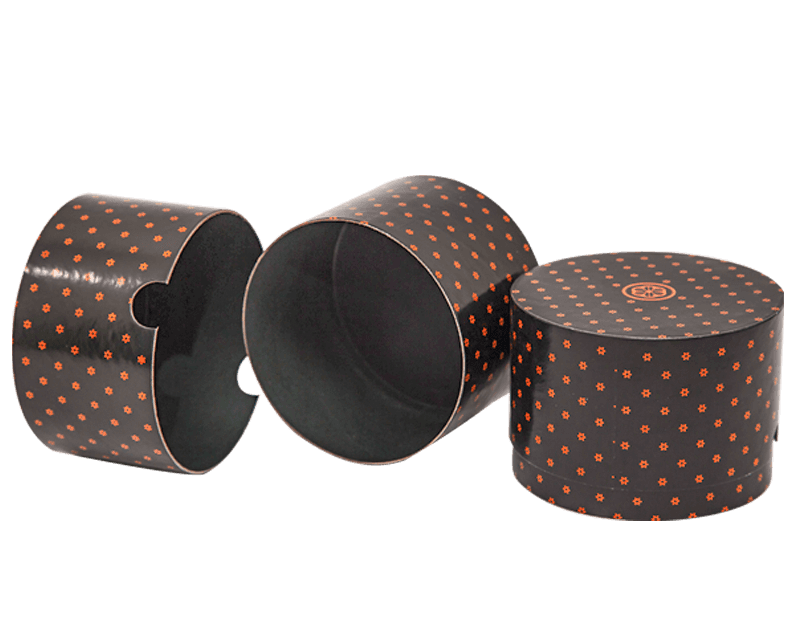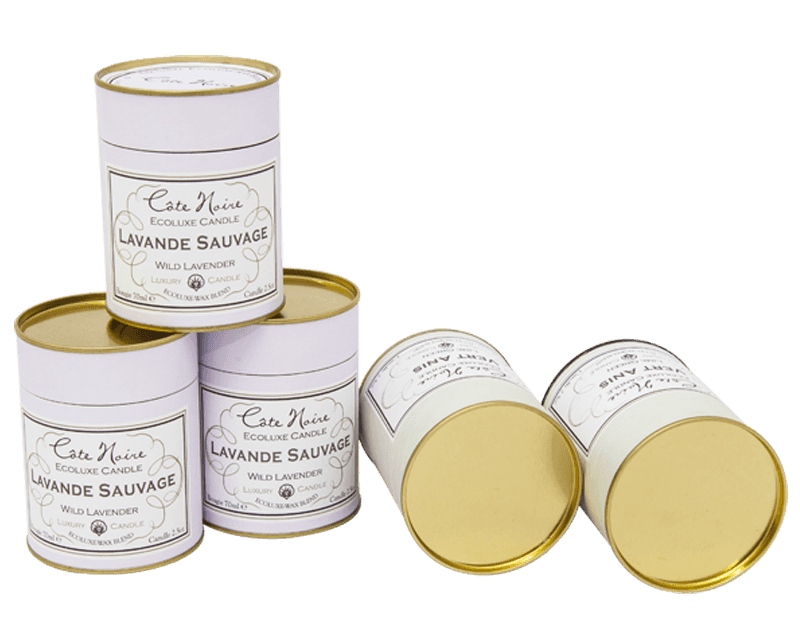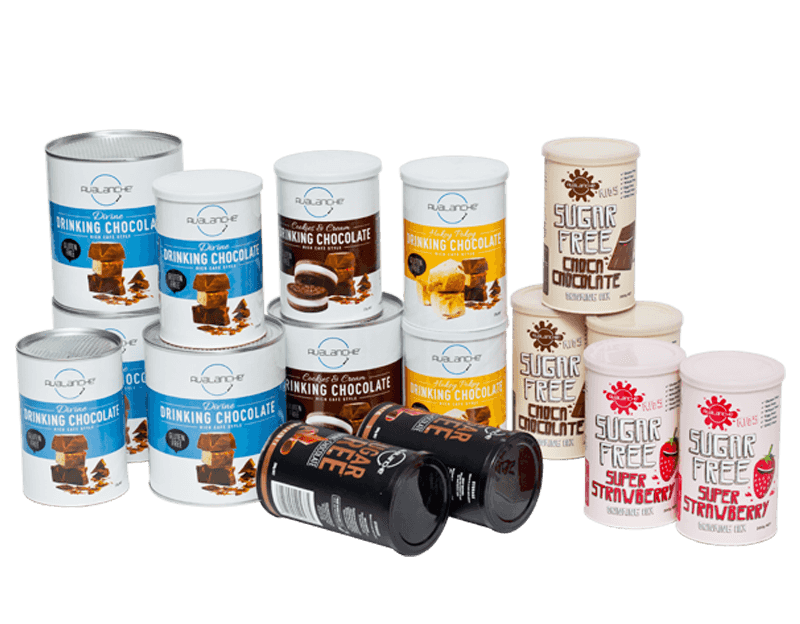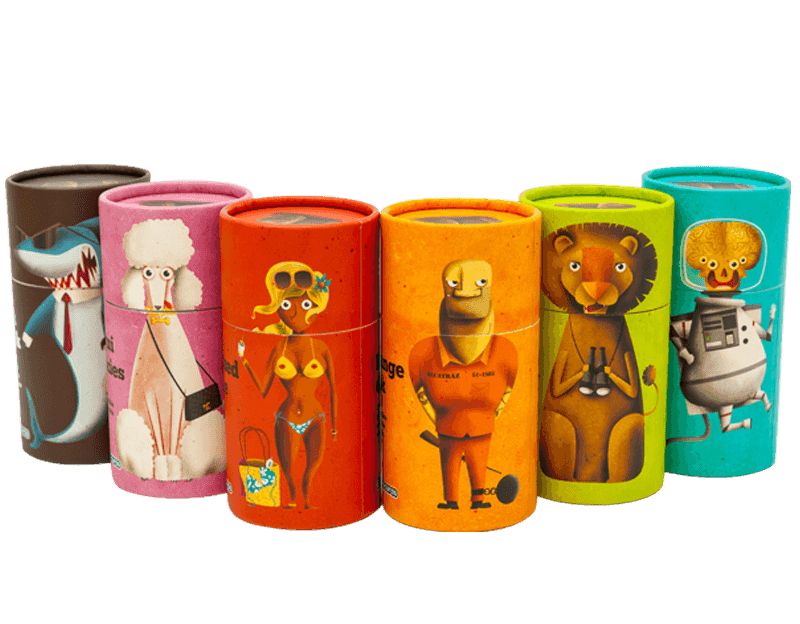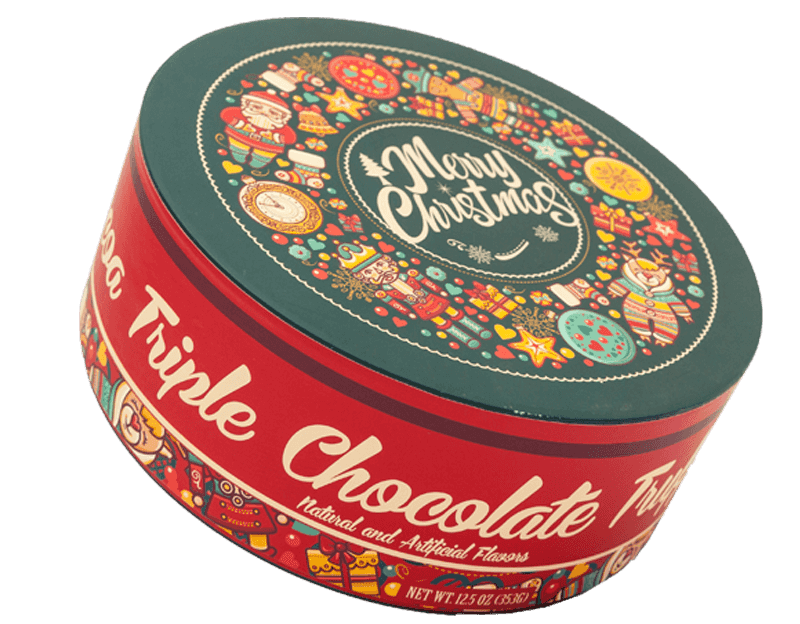As one of the top China cardboard tube packaging manufacturers and paper tube packaging suppliers, we devote all of our efforts to research and launch more high quality packaging products to global market.
From the core of a toilet paper roll to a sturdy shipping tube for posters, paper tubes are ubiquitous, yet their creation is a fascinating blend of precision engineering and material science. Often referred to as cardboard tubes, paper cores, or fiberboard cores, these cylindrical structures are more than just rolled-up paper; they are meticulously engineered products with a diverse range of applications. The manufacturing process is a continuous, automated journey that transforms simple paper stock into a high-strength, multi-layered product.
The Raw Materials and Preparation
The journey begins with the selection of raw materials. The primary component is high-quality kraft paper or recycled paperboard, which comes in large parent rolls. The type and quality of the paper are critical as they determine the final product’s strength, durability, and crush resistance. These jumbo rolls are then loaded onto a slitter-rewinder machine, which precisely cuts them into narrow strips or “plies.” The width of these plies dictates the length of the finished paper cylinder.
Adhesives are the second crucial component. A strong laminating or bonding adhesive, often a water-based glue, is applied to the paper strips. This glue is what binds the individual layers together, giving the finished tube its structural integrity. The application process is highly controlled to ensure an even and consistent coat, which is vital for a strong bond.
The Winding and Forming Process
The heart of the manufacturing process is the winding machine. There are two primary winding methods: spiral winding and convolute winding.
-
Spiral Winding: This is the most common method for producing a wide range of paper tubes, from thin-walled cores to robust mailing tubes. In this process, the adhesive-coated paper strips are wound at an angle onto a rotating steel rod called a mandrel. The mandrel’s diameter determines the inside diameter (I.D.) of the finished tube. As the paper plies spiral around the mandrel, they overlap and are pressed together, creating a continuous, helical seam. This method is highly efficient and produces uniform, strong rolls suitable for many applications, including shipping and consumer goods.
-
Convolute Winding: For heavy-duty applications where a high degree of crush resistance and dynamic strength are needed, convolute winding is used. Here, the paper plies are wrapped at a 90-degree angle to the tube’s axis, with the edges of each layer butt-joining the next. This creates a stronger, more rigid paper casing that is ideal for industrial uses like winding textiles, films, and heavy cables.
The winding machine continuously forms a long, single fiberboard tube. The number of plies used dictates the wall thickness of the finished product, which directly correlates to its strength. The more layers, the thicker and stronger the cylinder.
Cutting, Finishing, and Customization
Once the continuous tube is formed, it exits the winding machine and enters the cutting stage. A precise, high-speed rotary blade or saw system cuts the long tube into the desired lengths. This cutting process is synchronized with the speed of the tube’s production to ensure a clean, accurate cut without slowing down the manufacturing line.
After being cut to size, the finished paper pipes are ready for any final customization. This can include a range of post-production steps:
- Custom Printing: In-line printing can add branding, product information, or graphics directly onto the outer layer of the tube.
- Liners and Covers: Some applications, particularly for food or cosmetics, may require an internal liner (e.g., foil or plastic) or an external decorative wrap.
- Finishing Touches: The ends can be crimped, a variety of caps or plugs can be added, or the surface can be coated for added protection or a different finish.
The paper tube manufacturing process is a testament to industrial innovation, where raw paper is transformed into a versatile, sustainable, and highly engineered product. From a simple paper roll to a sophisticated component in a larger system, these seemingly basic objects play a critical role in countless industries around the globe.
 English
English Español
Español

